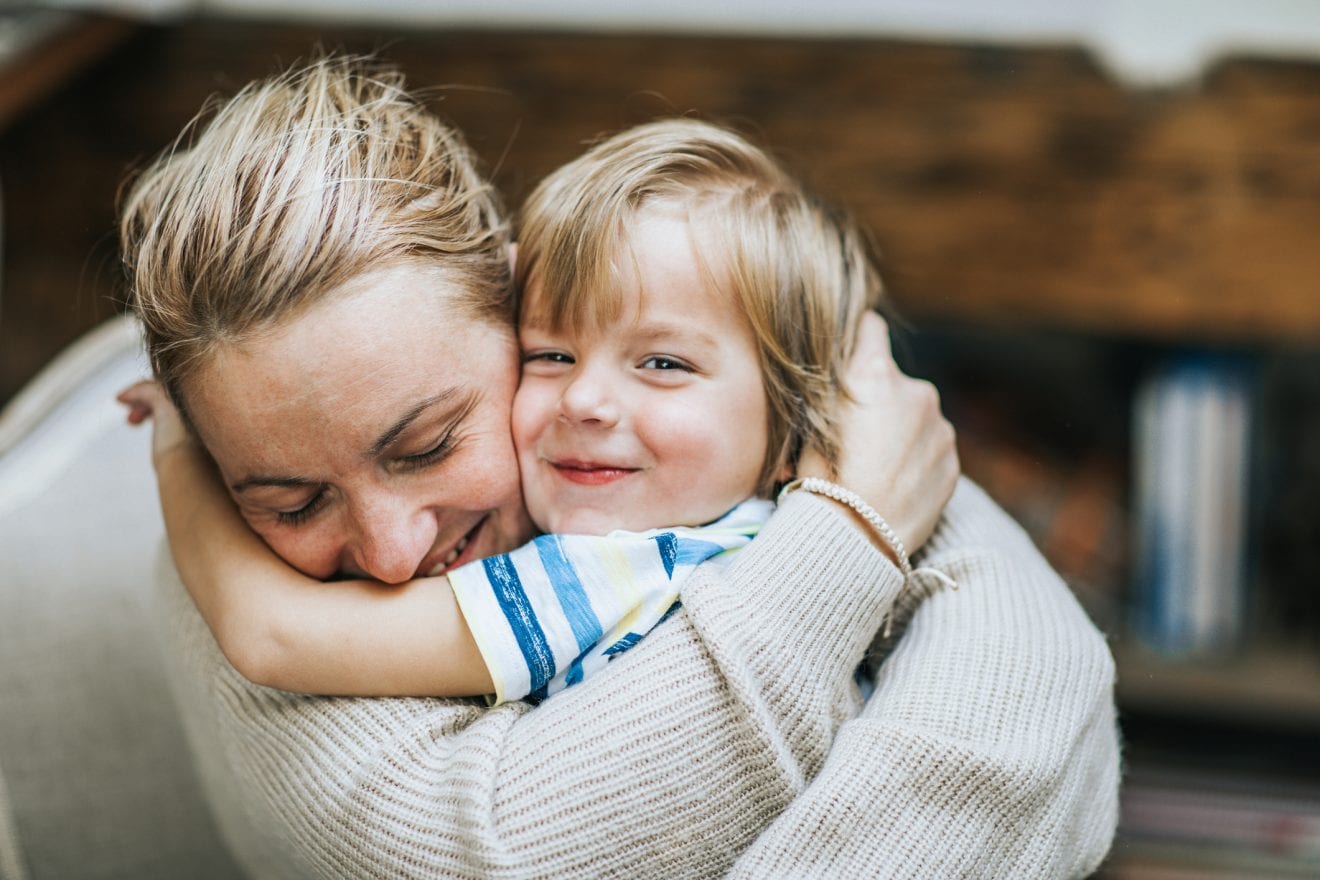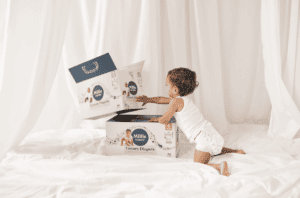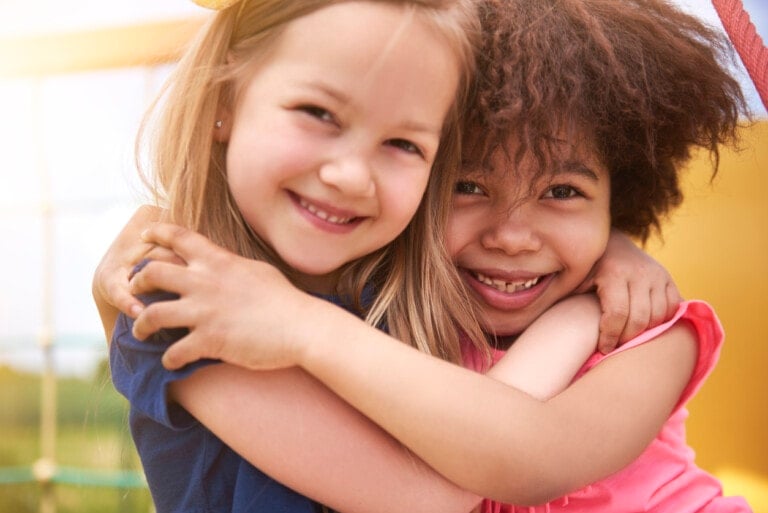As mothers, we already have an innate instance to snuggle our babies. But did you know that you’re helping their brains develop when you hug your kids?
When babies are born, all of their brain cells, called neurons, are in place, but there are very few connections between these cells. New learning occurs when these connections are formed between neurons.1 When babies take in new information through their senses and experiences, these connections happen. When a baby is adequately stimulated, these connections occur at a rate of one million per second. On the other hand, these connections do not happen when a baby does not get adequate stimulation and exposure to experiences throughout the first few years of life. The chance to build these connections could be lost forever.
Why Hugging Early and Often Is Essential
Age zero to three is the critical period for these connections to take place. This is the time of “neural plasticity” when the neural pathways, or connections between the cells, also called synapses, occur. After this critical period, the brain is not as plastic or “changeable,” and the connections do not happen at such a fast rate. It becomes harder to create these connections and allow for new learning at such a rapid rate.
Hugging, cuddling, and connecting with babies and young children help these connections form for several reasons. Humans are primed to thrive in human interactions, and babies crave interactions to allow these connections to occur. Here are some ways to incorporate the brain-boosting benefits of hugging your kids from birth and beyond.
Babies
Long before babies understand spoken language, they connect with their parents or caregivers through touch. Skin is the largest organ, so it has a significant representation in the brain. Any stimulation to the baby’s skin stimulates a large portion of the brain and allows for many connections. By holding and cuddling your baby, you are helping to form these connections and make your baby smarter!
Infant massage is another excellent way to stimulate the baby’s skin and form these connections. You can expand upon this by talking to your baby while you perform the massage. Make eye contact and talk about each body part while you massage it. If you say, “I am massaging your little leg,” they are processing three sensations while you do the leg strokes. They focus on your face visually, perceiving your voice and perceiving the sense of touch. This builds a lot of brain cells! They will also start to equate the words with the body part and learn body awareness while forming the foundation for their vocabulary.
Toddlers
When your child is a toddler, they develop a stronger sense of self and willingness to step away from you to explore their world. You will notice that they often check to ensure that you are still there and occasionally return to you for reassurance. If you provide a loving hug when they come back to you, you reassure them that you are nearby, offering support and encouragement. This gives them the self-esteem to go off on their own again and explore their world. It is also building those important connections, knowing that you are there to support them.
Try to build hugs and cuddles into the daily routine. Young children thrive with routines because they add predictability and stability to their lives. When they know what to expect, they are calmer and more stable. Maybe every morning begins with a hug, and every evening ends with a cuddle while you read books to your child. This gives them the predictability they need to be successful and independent throughout the day.
Pre-School and Beyond
When your child is pre-school age and even school age, hugs are still critical for their social-emotional development, mental health, and sense of self. Try to integrate hugs and cuddles into the after-school routine. Maybe designate every afternoon after school as “10-minute cuddle time,” where you cuddle together on the sofa. Have them tell you about their day and discuss their achievements, challenges, fears, and triumphs.
This is great for healthy development because your child is provided a loving outlet to discuss anything difficult for them and share their achievements with you. You can take this snuggle time to process their day, help them understand confusing concepts, and build their ability to communicate. These are all critical skills for helping develop your child’s self-worth and autonomy, contributing to strong mental health.
Everyone loves hugs, but hugging your kids is critical to early childhood development!






























